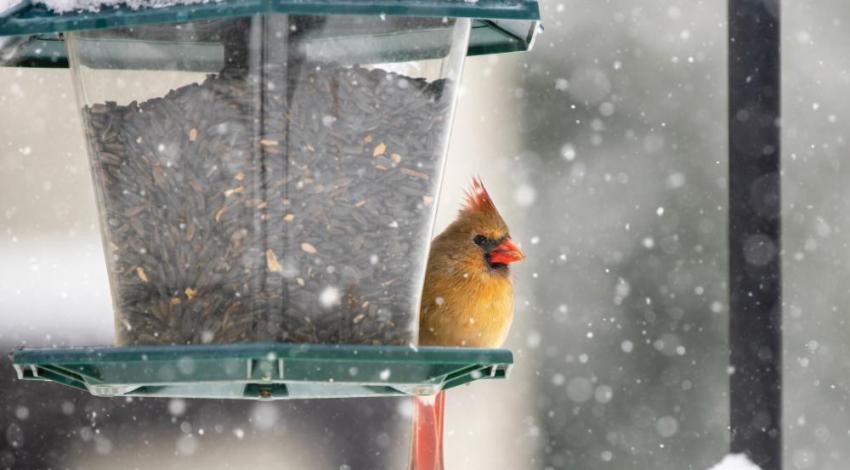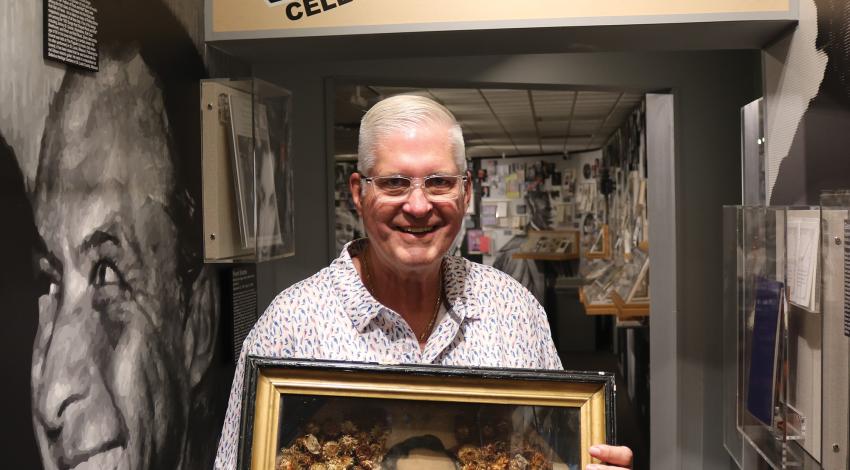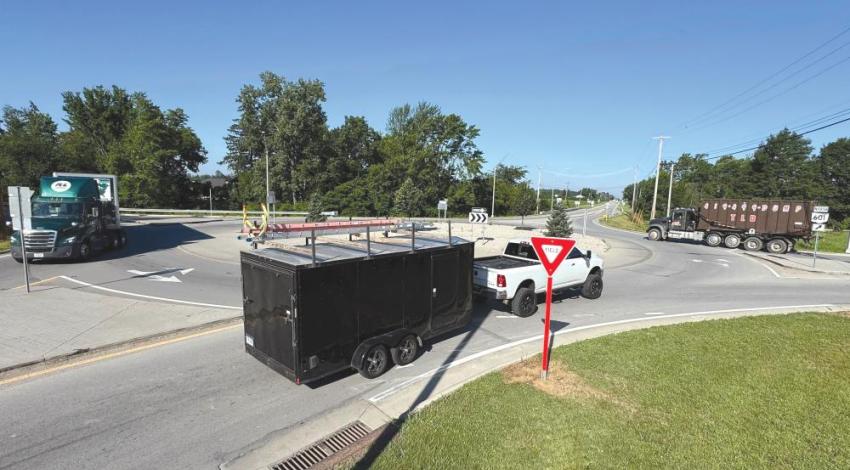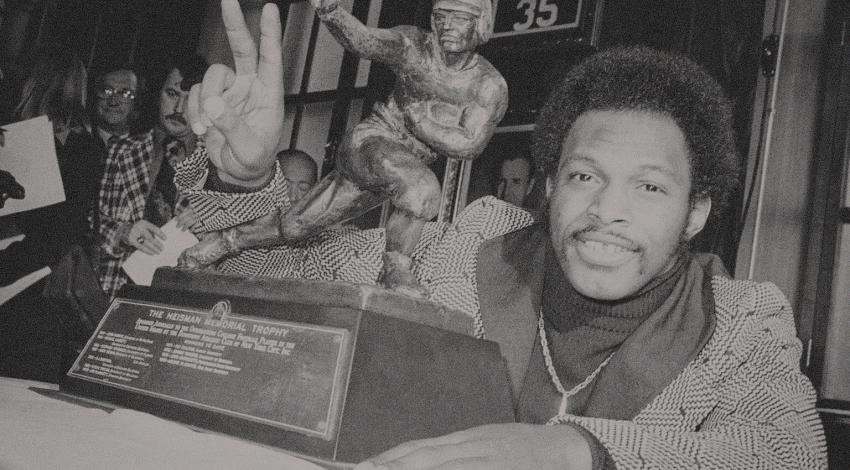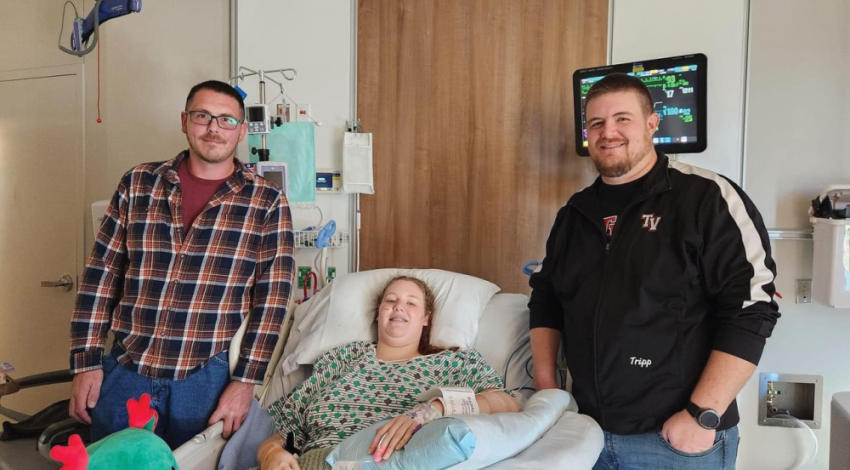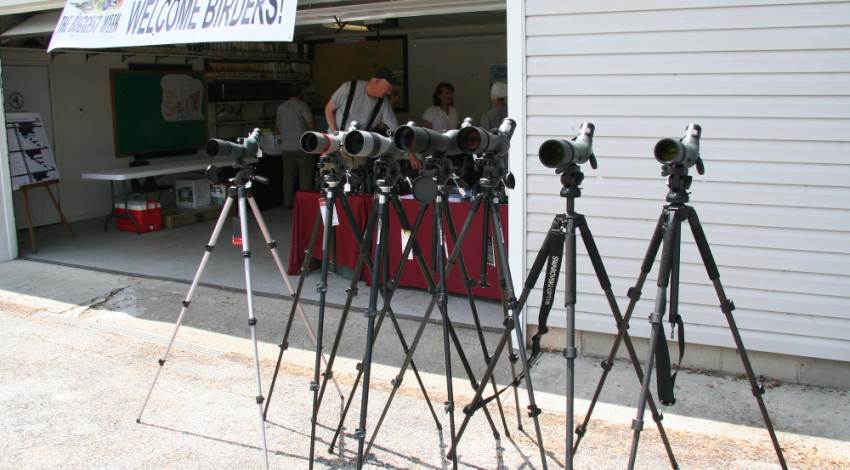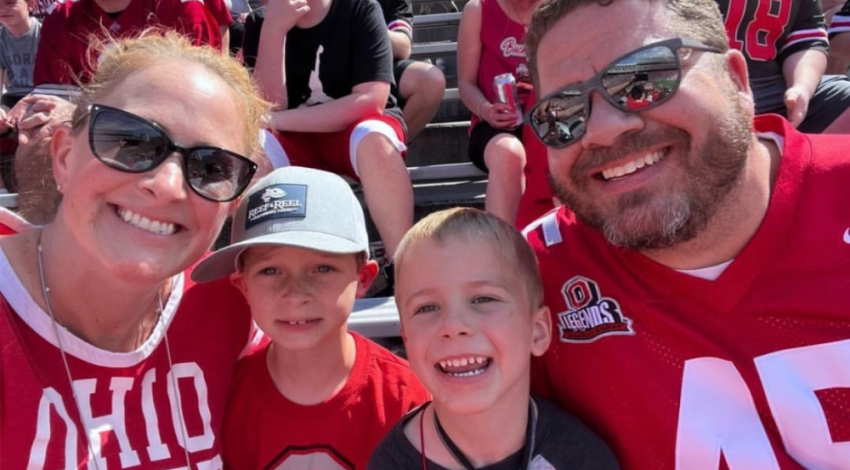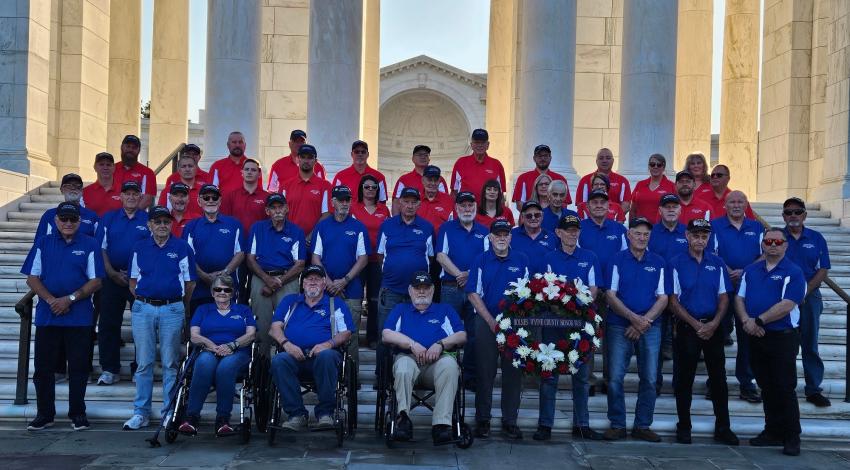The idea first came to Steubenville business owner Jerry Barilla in 2015, when he thought that the sight of empty storefront windows deterred folks from coming to the downtown area to do their Christmas shopping.
Visitors to the Nutcracker Village encounter just about any character they could imagine in nutcracker form — from whimsical storybook heroes and cartoon characters to real-life movie and television stars; from historical legends and religious leaders to first responders and service members from the various branches of the military.


